What a summer it was for the pollinator garden in its second year! Growth was vigorous, and blooms were abundant – drawing a constant hum of life from bees, butterflies, birds, and countless other visitors. Each day brought new pollinator activity and a reminder of how quickly this young garden has become an important habitat.
Now, as the season shifts, the garden continues to support life in quieter ways. We’ve deliberately left the stalks and seed heads to stand through winter, where they’ll offer food and shelter for birds, small mammals, and overwintering insects. Even as the bright colors fade, the garden’s textures and forms remain striking – proof that beauty and ecological value endure long after the last flower has bloomed.
Our thanks to the Jack & Dorothy Byrne Foundation, The Lyme Foundation, the Utility Club of Lyme, and the many generous neighbors who make this garden possible.



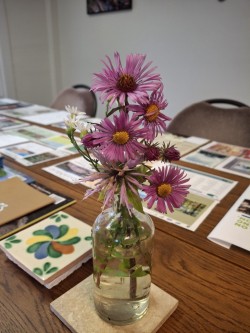
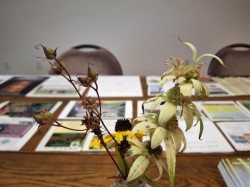
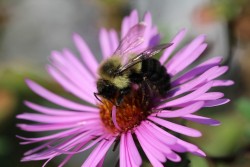
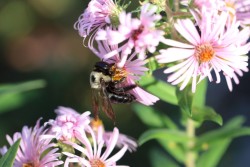
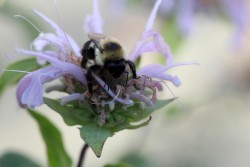
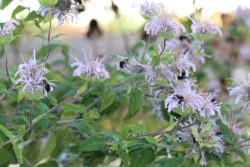
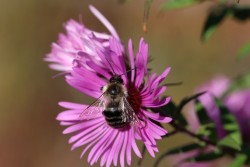
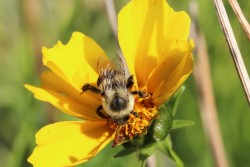
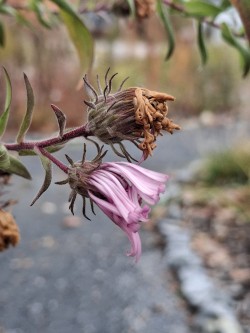
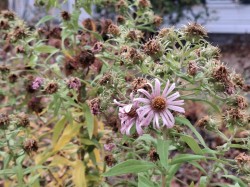


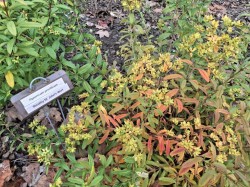
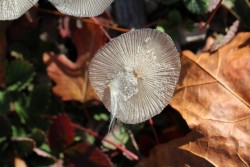
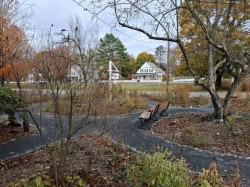
Discussion *